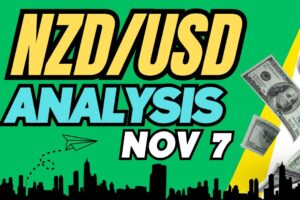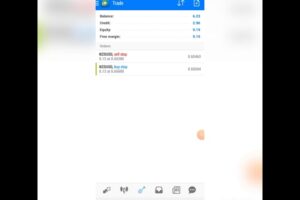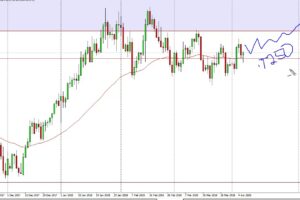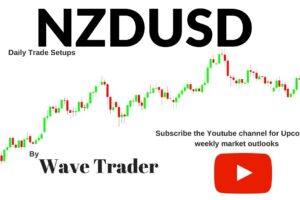China’s stimulus measures in recent months are setting the stage for sentiment in the Asia-Pacific region and putting pressure on the US dollar. On the other hand, the prospect of another Fed rate hike continues to support the rise in US Treasury yields.
In addition, these expectations boost the US currency. Despite some declines, technical indicators point to a short-term bullish trend after the US dollar rebounded from the support level of 102.5 last week.
At the beginning of Tuesday, the US dollar index is still hovering at the level to which it climbed after the release of Non-Farm Payrolls on September 1. Its price against its G6 counterparts was moving within the ascending trading channel of 104.1-104.5. The US dollar closed the Asian session inching higher to 104.4.
With the US Non-Farm Payrolls showing both job growth and rising unemployment with a slight decline in wages, the US economic recovery no longer looks so robust.
As a result, the US dollar rally is losing momentum so its counterparts may have a chance to strengthen. For example, on September 1, the greenback tested 144.7 against the yen before rebounding.
On Monday and early Tuesday, the US currency continued to rise moderately within the range of 146.4-147.1. As a rule, the US dollar strengthens in Asian trading. Today, the dollar/yen pair climbed to almost 147. Meanwhile, technical indicators suggest that the pair may soar to 150.
Today, markets assessed Australia’s PMI composite data. The report showed that business activity in the country slipped to 48%. In August, the index posted the lowest level since December last year.
In addition to weak economic data, the Australian dollar was under pressure from the country’s central bank early Tuesday. At today’s meeting, the Reserve Bank of Australia decided to leave the rate unchanged for the second time in a row.
At the same time, the regulator notes that inflation has already peaked. However, the indicators keep showing high levels and will probably hold at these levels for some time. Notably, the last meeting was held under the leadership of RBA chief Philip Lowe, and Deputy Governor Michelle Bullock was announced his successor.
Currently, the key interest rate in Australia is 4.1%. This is much lower than in the US, where the Fed has already raised it to as high as 5.5%. With such a gap, the aussie/dollar pair is highly likely to move into the bearish territory.
In the Asian session, the Australian dollar lost its bullish momentum and dropped below the weekly low of 0.6400. Weak Chinese economic data for August put additional pressure on the aussie.
Additionally, bets on another US rate hike are supporting the greenback, dragging the pair down within the range of 0.6370-0.6467 on Tuesday. As a result, the aussie/dollar pair may touch the yearly low of 0.6365 reached on August 17.
The New Zealand dollar also lost hope for a bullish trend. Once the greenback returned after the long weekend, the kiwi had nothing to offer against the US currency. The kiwi/dollar pair slid below 0.5880. The New Zealand dollar was under pressure within the range of 0.5874-0.5950 throughout Tuesday’s Asian session.
00:00 Intro
00:22 USA
00:54 CME FEDWATCH TOOL
01:24 China
01:38 Country Garden Holdings
02:14 USDX
03:18 USD/JPY
04:13 Japan
04:49 JAPAN PMI COMPOSITE
05:35 AUSTRALIA’S PMI COMPOSITE
05:50 Philip Lowe
06:07 MICHELE BULLOCK
06:35 AUD/USD
07:45 NZD/USD
FX Analytics –
Forex Calendar –
Forex TV from InstaForex –
Forex charts –
Instant account opening –
Forex Trading Contests –
List of official InstaForex blogs:
#forex_news # asian_session #instaforex_tv











コメントを残す